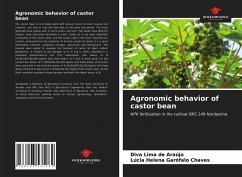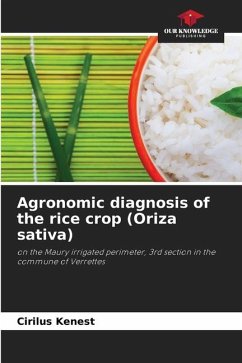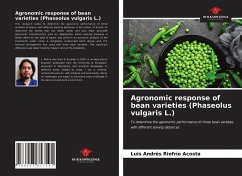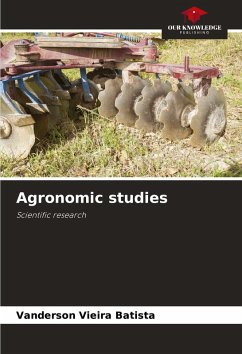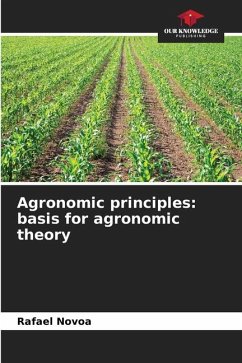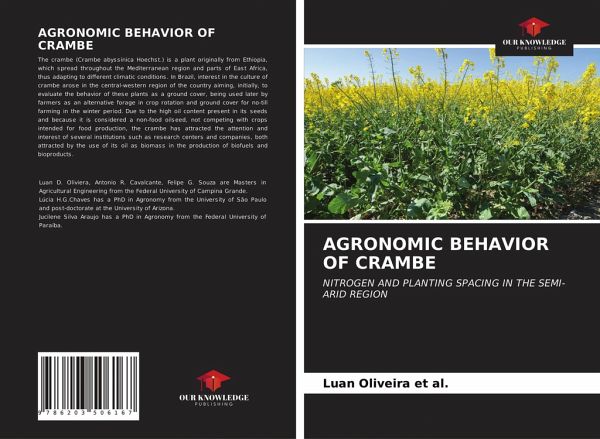
AGRONOMIC BEHAVIOR OF CRAMBE
NITROGEN AND PLANTING SPACING IN THE SEMI-ARID REGION
Versandkostenfrei!
Versandfertig in 1-2 Wochen
26,99 €
inkl. MwSt.

PAYBACK Punkte
13 °P sammeln!
The crambe (Crambe abyssinica Hoechst.) is a plant originally from Ethiopia, which spread throughout the Mediterranean region and parts of East Africa, thus adapting to different climatic conditions. In Brazil, interest in the culture of crambe arose in the central-western region of the country aiming, initially, to evaluate the behavior of these plants as a ground cover, being used later by farmers as an alternative forage in crop rotation and ground cover for no-till farming in the winter period. Due to the high oil content present in its seeds and because it is considered a non-food oilseed...
The crambe (Crambe abyssinica Hoechst.) is a plant originally from Ethiopia, which spread throughout the Mediterranean region and parts of East Africa, thus adapting to different climatic conditions. In Brazil, interest in the culture of crambe arose in the central-western region of the country aiming, initially, to evaluate the behavior of these plants as a ground cover, being used later by farmers as an alternative forage in crop rotation and ground cover for no-till farming in the winter period. Due to the high oil content present in its seeds and because it is considered a non-food oilseed, not competing with crops intended for food production, the crambe has attracted the attention and interest of several institutions such as research centers and companies, both attracted by the use of its oil as biomass in the production of biofuels and bioproducts.



